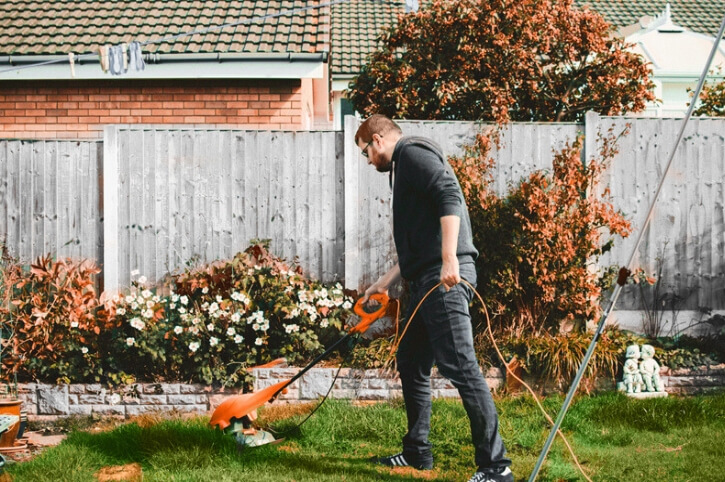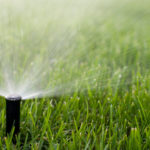
The How, What, and When of Fall Lawn Preparation
With cooler weather, changing leaves, and shorter daylight hours, it’s no secret: fall is here. By doing a little lawn preparation for fall, not only will it be easier to safeguard against the harsh winter weather, but it will also ensure your yard is full of greens, blooms, and blossoms come spring.
With these three tips of how, what, and when to do your lawn preparation for fall, you’ll have peace of mind knowing your lawn is ready for all the fun the autumn season has to offer.
When to Start Fall Lawn Preparation
The best time to start lawn preparation is the day you start seeing signs of fall in (or on) your lawn. Fallen leaves, dead pine needles, and dry, crispy grass are all signals that it’s time to start preparing your lawn for winter. Though it may seem like a lot of work, raking at the onset of fall and making the habit a weekly, or bi-monthly activity is much easier than muscling through weeks and weeks of fallen leaves. If you wait until the trees are bare, not only will you be battling layers of leaves, needles, and dead grass, but several days worth of rain, morning dew, and other moisture that makes everything stick together and adds a ton of weight.
What Needs to be Prepared for Fall?
Though falling leaves and pine needles seem to garner the most attention in the fall, there are several other aspects of your yard that need attention when cooler weather hits. First of all, keep mowing your lawn and trimming your bushes, but make sure they are to the approximate height. Because growth-stunting cold is creeping closer and closer, you’ll want to dial back on how closely and drastically you’re cutting. Keep grass to a 2.5- to 3-inch height and only nip off the dead ends of bushes instead of trimming them back entirely. This will help to prevent matting, fungi growth, and snow mold, and will also encourage your foliage to act as natural, healthy mulch over the winter months.
How to Prepare Your Lawn for Fall
In addition to the tips mentioned above, you should also take the following actions into consideration:
- Aerate or loosen the soil to enable oxygen, water, and fertilizer to access the roots of your grass throughout the winter.
- Fertilizing during the fall is ideal because this is the temperature in which roots and rhizomes grow quickly and are highly susceptible to the nutrients delivered by fertilization.
- Focus on bald spots. Aerate and rough up the bald spots in your lawn and spread a thick layer of fertilizer/soil mixture over those particular spots in your yard.
- Continue watering as usual. Instead of assuming the cooler weather means more moisture or less need for upkeep, remember that your lawn still needs an average of one-inch per rain a week through the end of October.
To ensure your lawn is as prepared for the fall as possible, contact Diamond Lawns today. With some of the best lawn care services in Idaho, Diamond Lawns knows exactly what it takes to keep lawns in the Midwest looking healthy, fresh, and green all year long. By partnering with the pros at Diamond Lawns, you can enjoy fall and have peace of mind knowing your lawn is in good hands.











